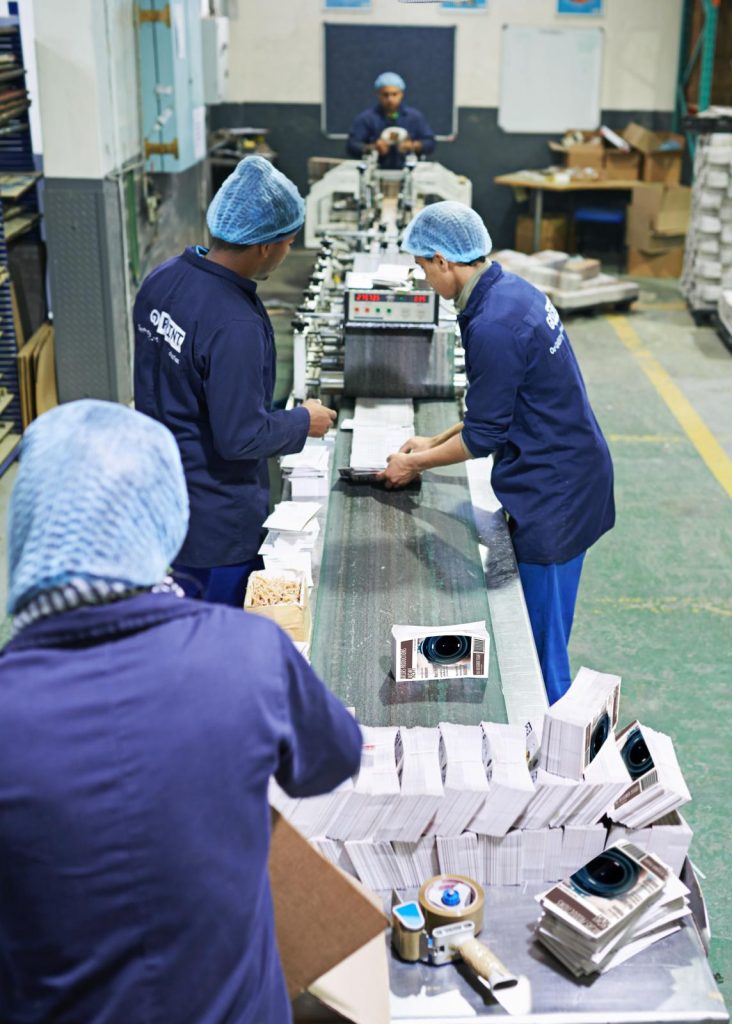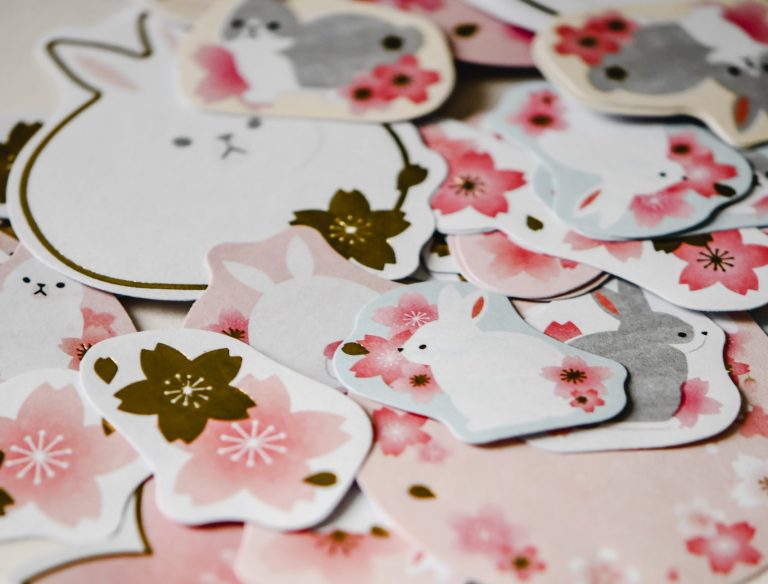Green or Not: Are Stickers Bad for the Environment?
Everyday, as we move towards a more sustainable lifestyle, we scrutinize big ticket items, yet often miss the small ones. Stickers—those tiny embellishments on laptops, bottles, and notebooks—are no exception. So, as we navigate this intricate web of environmental choices, it’s worth pondering: What’s the real environmental footprint of stickers?
Are Stickers Recyclable?
The ubiquity of stickers in our daily life makes one wonder about their end-life. Are they recyclable, or do they end up as waste?
What Are Stickers Made From?
At first glance, stickers might just seem like paper with a bit of glue. However, peel back the layers and you’ll find a combination of plastic, paper, and adhesive. This blend, while making stickers functional, poses challenges when it comes to recycling. A seemingly innocent paper sticker might be more complex than you think, leading to difficulties in treating it as regular recyclable paper.
The Challenge with Recycling Stickers
You’d think it’d be easy—just toss the sticker in the recycling bin. But here’s the catch: most recycling facilities give stickers the cold shoulder. The sticky adhesive can cause havoc, jamming and damaging machinery. Moreover, when paper, plastic, and adhesive converge, it risks contaminating paper recycling streams. Thus, it’s paramount to be well-acquainted with local recycling guidelines before making that toss.
The Environmental Impact of Stickers

Beyond their aesthetics and functionality, stickers have an environmental footprint that’s worth examining. From their production to eventual disposal, these small adhesives leave a mark on our planet. Let’s dissect the impact stickers have on our environment, one layer at a time.
Production Process and Raw Materials
The production of stickers comes with a cost, and not just a monetary one. Extracting and processing raw materials for stickers, especially the plastics and adhesives, use energy and resources, adding to their carbon footprint. The sticker manufacturing industry, like many others, has its share of greenhouse gas emissions, directly influencing global climate change.
Waste and Landfill Implications
The end life of a sticker isn’t as innocuous as one might believe. When discarded, many stickers, due to their non-biodegradable components, occupy space in landfills for years, possibly centuries. The resistance to decomposition means that every sticker discarded today might linger on, long after we’re gone, with potentially harmful environmental implications.
Microplastics In Stickers
Stickers may seem harmless, but as they degrade, they often contribute to the microplastic crisis. Over time, stickers break down not into organic components, but into tiny plastic fragments. These microplastics, minute yet numerous, find their way into waterways, harming marine life and even entering the human food chain.
Are There Any Eco-Friendly Stickers?
In a world growing conscious of its ecological choices, is there a greener alternative to traditional stickers? The answer is a resounding yes.
What Makes a Sticker Eco-Friendly?
An eco-friendly sticker isn’t just about its end life, but its entire lifecycle. These stickers are typically made from sustainable materials that either biodegrade or can be recycled easily. More than just the materials, the inks used are non-toxic, ensuring a minimal environmental footprint. By choosing these, we not only enjoy the aesthetics but also embrace a responsible approach towards the environment.
Shopping Handmade Stickers and Small Businesses
Buying handmade or locally made stickers rather is almost always more environmentally friendly than purchasing from mass manufacturers. You can ensure the stickers are made from materials you’re comfortable with, and rest easy knowing that they were ethically made rather than using coerced labor.
Popular Eco-Friendly Sticker Options
The green revolution in the sticker industry has birthed several eco-friendly variants. Biodegradable stickers, for instance, break down naturally over time without leaving a trace. Compostable stickers go a step further, turning into organic matter in compost environments. Then there are stickers made entirely from recycled materials, ensuring that we reduce the need for new raw materials and reduce waste in the process.
Making Eco-Friendly Stickers
Eager to embrace a more sustainable approach with stickers? Crafting your own eco-friendly stickers at home might just be the answer, merging creativity with eco-consciousness.
Choosing the Right Materials
To start, picking the right materials is fundamental. Opt for sustainable bases like recycled paper or FSC-certified paper. For a more durable sticker, consider bioplastics derived from plant materials. As for the inks, choose water-based or soy-based inks, which are less harmful than their petroleum-based counterparts. And when it comes to adhesives, ensure you select those that are solvent-free and made from natural rubber or acrylics, steering clear of toxins and harmful chemicals.
How to Make Handmade Eco-Friendly Stickers
- Start by sketching your sticker design on the chosen eco-friendly base.
- Once satisfied, trace over with the non-toxic ink.
- After the ink dries, apply the eco-friendly adhesive to the back.
- Let it set for a few hours before using it.
- To ensure longevity, store your stickers in a cool, dry place and avoid exposing them to extreme temperatures.
Through our journey, we’ve unraveled the hidden environmental costs of traditional stickers and glimpsed the promise of their greener alternatives. Embracing eco-friendly stickers, whether by purchase or DIY, isn’t just a nod to Mother Earth but a significant step towards a sustainable future.
As stewards of our planet, the choice is clear and the call resounding: Let’s make environmentally conscious decisions, one sticker at a time.







